Wildlife, plants, rivers - nature does not recognize borders. We work together in a way that reflects that.
OUR MISSION
We foster collective stewardship of the Crown of the Continent Ecosystem by collaborating on common issues, sharing resources, and exchanging knowledge.
The Crown Managers Partnership (CMP) continues to foster collective, landscape-scale management guided by science and culture. We are inspired by the understanding that water, fish, and wildlife do not consider borders, and shared resources require shared management. Also, that Americans, Canadians, and sovereign Indigenous nations can work together to conserve this shared landscape for generations to come.
Learn more about our work.
Check out our Strategic Conservation Framework.
OUR GUIDING PRACTICES
Initially convened in 2001 by resource managers from the Province of Alberta, British Columbia, and Waterton-Glacier International Peace Park, the CMP has adapted in the face of evolving science and new challenges. In 2007 the CMP was formalized even further when the governments of the State of Montana and Alberta signed a Memorandum of Understanding (MOU) recognizing the CMP. With officials from the Confederated Salish & Kootenai Tribe and the Ktunaxa Nation as witnesses, British Columbia and Montana’s governments signed an MOU in 2010 to collaborate on climate. While the CMP is not specifically mentioned in this MOU, the CMP certainly meets its intent.
Our efforts have grown beyond our initial convening to establish a common transboundary database of ecological metrics in the Crown of the Continent Ecosystem (CCE). With an expanded partnership and a greater understanding of the landscape and how it is evolving, we continue to address emerging issues like invasive species, five needle pine restoration, and climate change. Our work is guided by a Strategic Conservation Framework, which is updated every five years.
OUR PARTNERS
The CMP is grateful for the support of the Waterton Biosphere Reserve Association (WBRA). The WBRA supports us by providing back-office services and occasionally collaborating on projects relevant to the WBRA’s mandate.
We would also like to thank the Glacier National Park Conservancy for their funding support.






